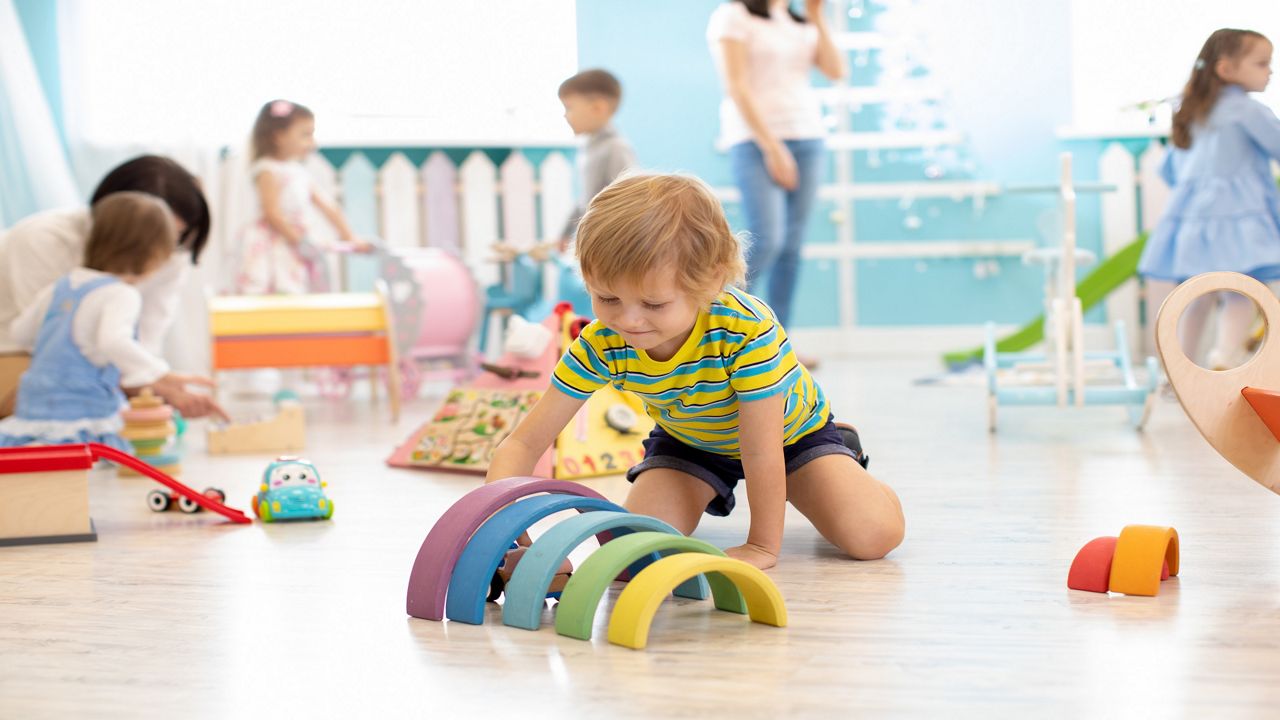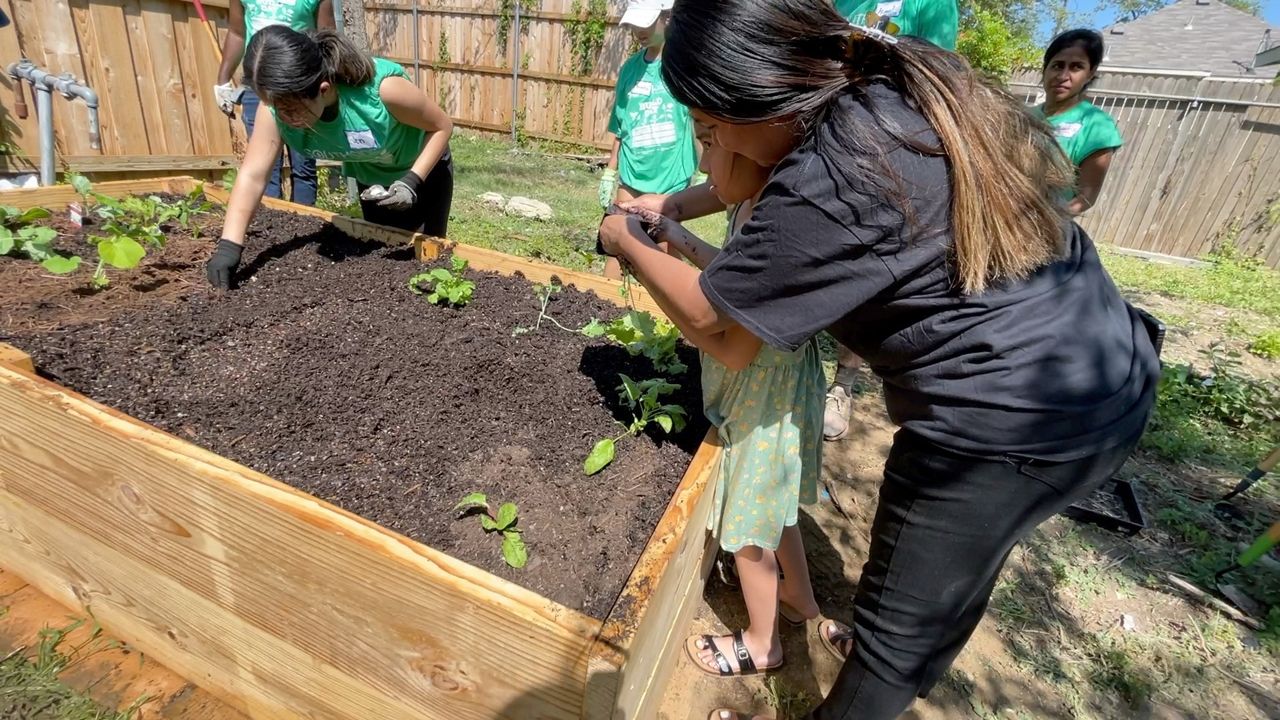EAST AURORA, N.Y. — As you prepare for the holiday shopping season, have you ever wondered what goes into making the toys on store shelves?
A familiar brand name in the toy world, Fisher-Price headquarters are just south of Buffalo. To date, workers at the company have created more than 5,000 toys. The process is tedious, and no detail is spared when it comes to educating and making children smile.
“Been here for 30 years, and it keeps getting better and new, kids evolve, kids change,” said Domenic Gubitosi, director of design for Fisher-Price.
Workers start with one question.
“What do we need to do to help the child to grow and develop?” Gubitosi asked.
Then they look at the world surrounding children today.
“We’ll do a travel mug that looks like mom's travel mug, and the kids respond to that, and then into that format, we build some fundamental teaching, whether it's colors, shapes and numbers, the finger dexterity," Gubitosi said.
“Yesterday I was out walking around Lowe's for inspiration,” Gubitosi continued. “And that might make sense. It might not make sense, but there's a lot of cool stuff. And that's baby's world, too.”
Gubitosi says they’ll come up with as many as 50 ideas when trying to fill one or two opportunities.
“We'll start to funnel that list down of 50 ideas to like maybe 10 that we love,” Gubitosi said. “And then we'll start to build little models of them and put them in the children's hands and see, is it a good fit, you know, is it the right scale? Is it engaging?”
Engaging is the big one. That brings us to the sound lab. Jeremy Keller wrote a song and John Legend is singing it.
“What he did with them is just absolutely amazing," said Keller, manager of the Sound Design Studio at Fisher-Price. “It was really validating for all of us.”
Legend chose three songs by Fisher-Price composers to bring to life. It's three out of a lot.
“We probably write around over 100 songs a year for toys, sound effects, hundreds of sound effects,” Keller said.
Keller says they’re part of an assembly line. Once it’s decided how many switches are on a toy, and what the lessons should be, etc., they get the script or lyrics.
“And my team will turn them into songs,” Keller said.
Once the song or sounds are done, they must make sure it sounds good using a crude model.
“We have some electronics in it so that we can start to listen to how the audio is going to translate onto the toy,” Keller showed.
They mix, compress and equalize it from there. There’s even thought behind when a toy will respond after a child presses a button.
“If the child's pushing a red triangle, we want it to say red triangle,” Keller said. “We don't want it to say red. And then the child touches a square, and it's a square because the square might be blue.”
And they say they take pride in ensuring songs are nothing but catchy.
“When we read reviews, a comment that says songs were not annoying, that's like our Grammy nod,” Keller smiled.
Before that, toys go into the hands of kid toy testers at the Play Lab.
“This year, we've had over 2,200 children and over 1,800 parents,” said Corinne Eggleston, manager of Early Development in the Play Lab.
Since 1961, 100,000 kids have been invited to come play here.
“They take their job so seriously,” Eggleston said. “They know that they are here as a professional toy tester. And so, they take a lot of pride in that.”
Eggleston says, after all, the kids know best, and they take their suggestions seriously after testing toys for 10 to 20 minutes.
“We also have a preschool playgroup, and they come in twice a week for two hours,” Eggleston said.
Eggleston says every switch, button and song is intentional with one goal in mind.
“Making sure that we're going to be able to help kids, reach those really important milestones they're developing so quickly between 0 and 5,” Eggleston said.
Safety is top of mind, too. For example, Little People are designed with their hands out so kids can’t choke. So you know your little hands are in good hands, and their milestones and smiles are celebrated.
“Whether it's them just kind of bouncing up and down in their plays or starting to vocalize or starting to dance, that’s a win,” Gubitosi said.
A newer trend they’re monitoring is nostalgia. That goes a bit hand in hand with toys you’ll see out this holiday season.








